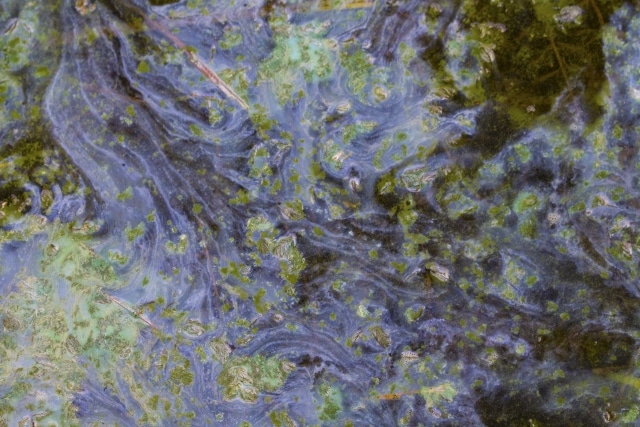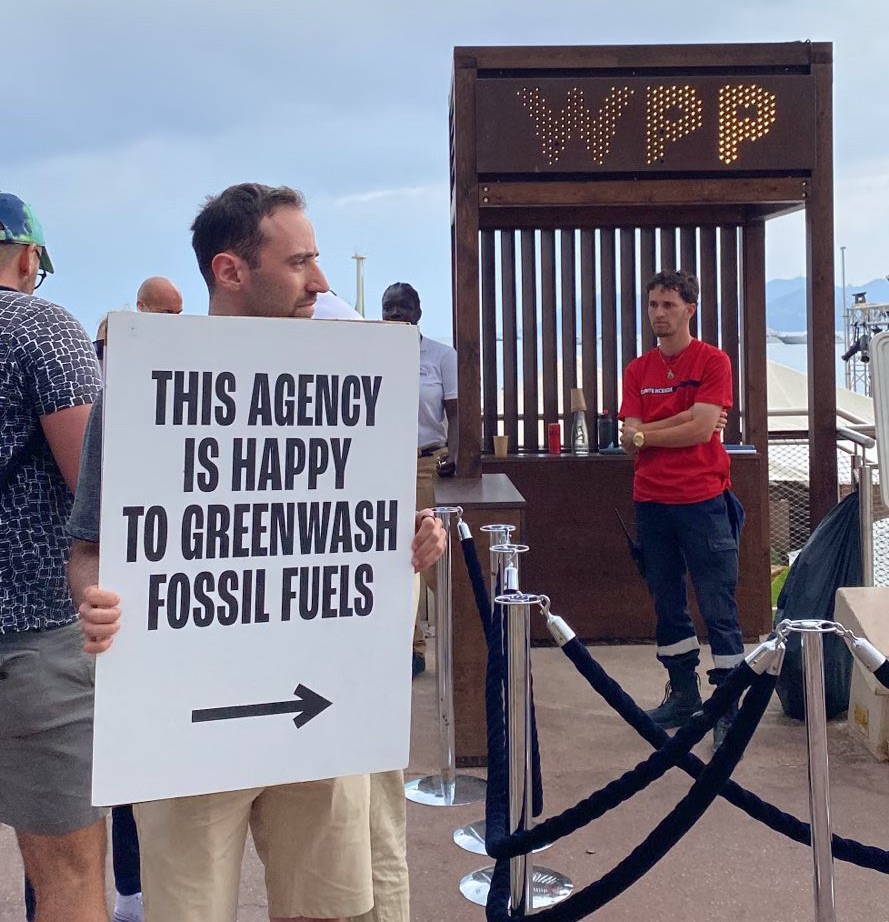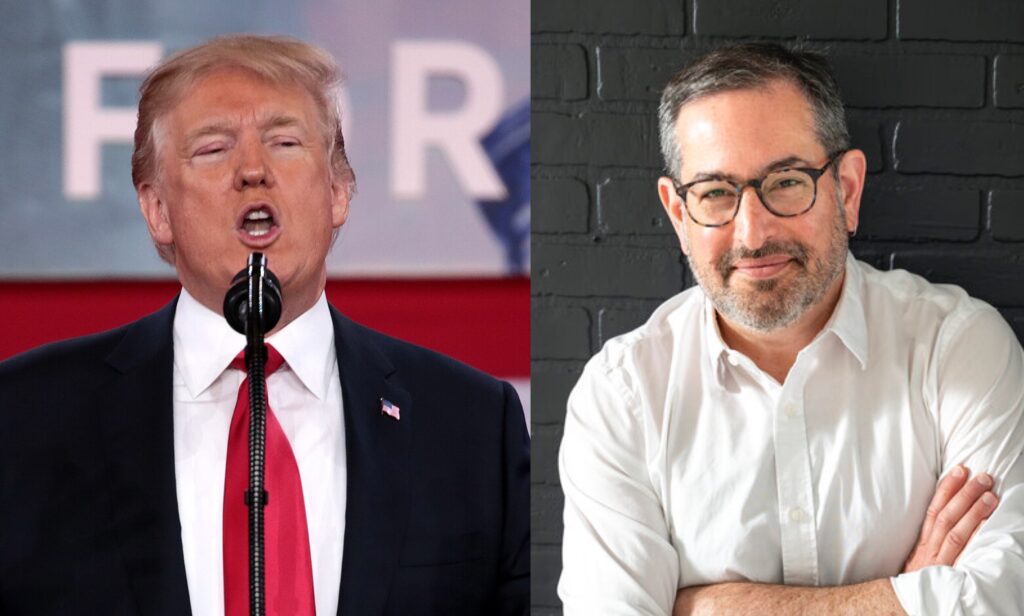Documents released this week as part of the EPA’s investigation into the state of California’s underground injection control program show that in addition to hundreds of wastewater injection wells there are thousands more wells illegally injecting fluids from “enhanced oil recovery” into aquifers protected by the federal Safe Drinking Water Act.
At a time when California is experiencing extreme and prolonged drought, you might expect state regulators to do everything they can to protect sources of water that could be used for drinking and irrigation. But that simply isn’t the case.
For every barrel of oil produced in California — the third largest oil-producing state in the nation, behind Texas and North Dakota — there are 10 barrels of wastewater requiring disposal. California produces roughly 575,000 barrels of oil a day, meaning there are nearly 6 million barrels of wastewater produced in the Golden State on a daily basis — a massive waste stream that state regulators have utterly failed to manage properly.
In meeting a February 6 deadline imposed by the EPA to provide a plan for dealing with the problems rampant in its Underground Injection Control (UIC) Class II Program, regulators at California’s Division of Oil, Gas, and Geothermal Resources (DOGGR) revealed that nearly 2,500 wells have been permitted to inject oil and gas waste into protected aquifers, a clear violation of the Safe Drinking Water Act.
More than 2,000 of the wells are currently active, with 490 used for injection of oil and gas wastewater and 1,987 used to dispose of fluids or steam used in enhanced oil recovery techniques like acidization and cyclic steam injection.
“The Division acknowledges that in the past it has approved UIC projects in zones with aquifers lacking exemptions,” DOGGR told the EPA in a letter dated Feb. 6.
This issue was first brought to the public’s attention last year when the EPA was forced to step in and issue emergency shutdown orders for 11 injection wells, 9 of which were eventually confirmed to be illegally dumping wastewater into protected California aquifers.
The EPA first learned of the extent of the problem in 2011, when it performed an audit of California’s UIC Class II Program and found serious problems, many of which date all the way back to the early 1980s, when the federal agency formally turned over control of underground injection activities to the state. The program, as documented by the San Francisco Chronicle, was practically doomed from the start, as there were two lists of aquifers exempt from the Safe Drinking Water Act, and no one could agree on which was the correct list.
Given this troubled history and the fact that DOGGR regulators have continued to issue permits to thousands of injection wells despite their inability to ensure that the wells weren’t polluting otherwise useable sources of water, activists are calling on California Governor Jerry Brown to immediately shut down all of the offending wells.
“The oil industry is contaminating California’s water supplies and violating federal law on a massive scale,” Kassie Siegel of the Center’s Climate Law Institute said in a statement. “Gov. Brown has a moral and legal duty to immediately shut down every single illegal production and wastewater disposal well. The size of this problem shows how big a threat the oil industry’s toxic waste is to California’s precious water supplies.”
Oil and gas wastewater is generally much saltier than seawater and can contain heavy metals, hydrocarbons, and radioactive material. Once an aquifer is contaminated with this wastewater, it is extremely difficult to make the water clean enough for drinking or useful for agricultural purposes. Often, an aquifer contaminated with oil and gas wastewater has to be removed from the state’s water cycle altogether.
“Given that California is also experiencing its worst drought in 1,200 years, it’s hard to overstate just how thoroughly the regulatory system has failed to protect this extremely precious resource,” says Briana Mordick, a staff scientist with the Natural Resources Defense Council.
In the Feb. 6 letter, DOGGR proposes that new and existing wells injecting into aquifers that are not exempt from the Safe Drinking Water Act be “either phased out or covered by an aquifer exemption.”
But according to a coalition of environment groups including NRDC, Clean Water Action and the Environmental Working Group, the two-year timeline in DOGGR‘s proposal should be a non-starter for the EPA. The wells should be shut down immediately, they say, either by the EPA or Governor Brown.
“The State has identified over 2,000 wells that may be impacting drinking water, yet regulators continue to allow injection into groundwater that should be protected by law,” said Andrew Grinberg of Clean Water Action. “This is a massive failure to implement the Safe Drinking Water Act and EPA should intervene immediately to shut these wells down due to the lack of state enforcement. Anyone who cares about clean drinking and irrigation water should be outraged that state regulators are putting the oil industry ahead of public safety.”
“We don’t need a phase-out or new aquifer exemptions,” the Center for Biological Diversity’s Siegel says. “We’re suffering the worst drought in recorded history. We need Gov. Brown to immediately halt the ongoing illegal activities.”
Over the past 4 years since the EPA performed its audit of the California injection program, DOGGR’s sluggish response has allowed billions more gallons of wastewater to be injected into underground sources of drinking water, these environmentalists say.
“It appears that the EPA made a mistake when they delegated the important responsibility of managing the Underground Injection Program to DOGGR in 1982,” said Bill Allayaud of the Environmental Working Group. “For the last 30 years the program has allowed highly questionable practices that have endangered drinking water, and it has been run without transparency by an agency that essentially ignored fracking for decades.”
Image Credit: Member / Shutterstock.com
Subscribe to our newsletter
Stay up to date with DeSmog news and alerts







